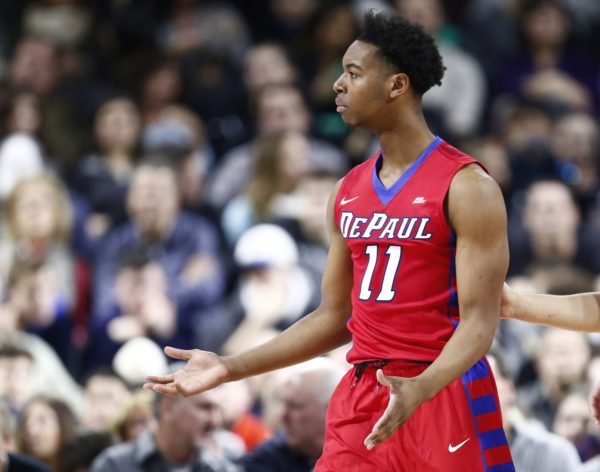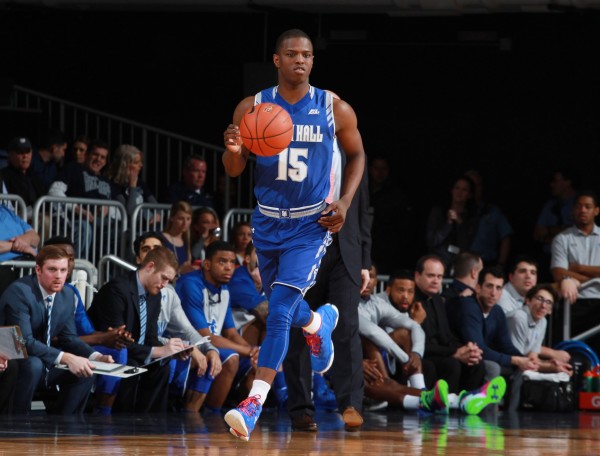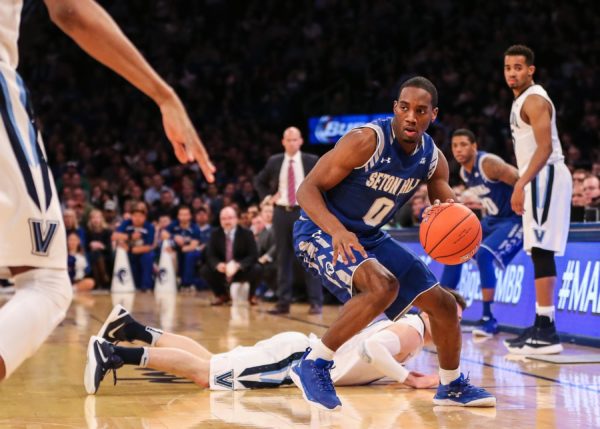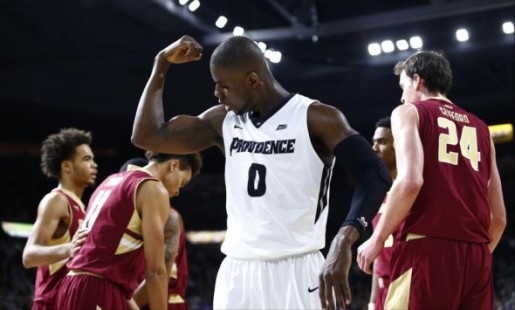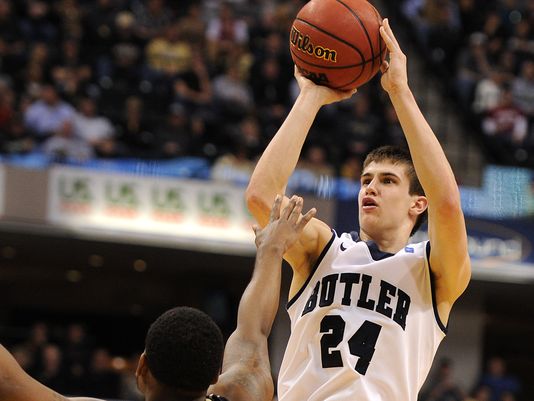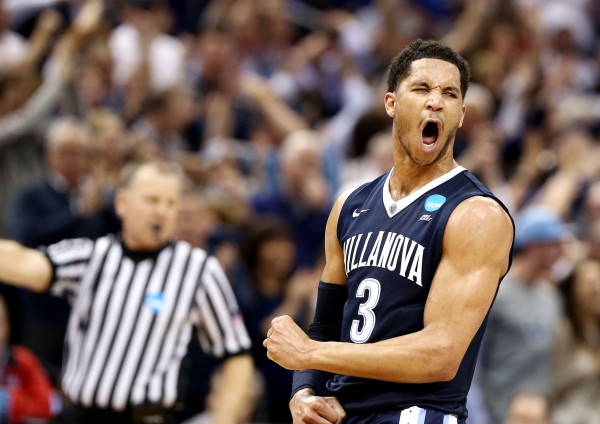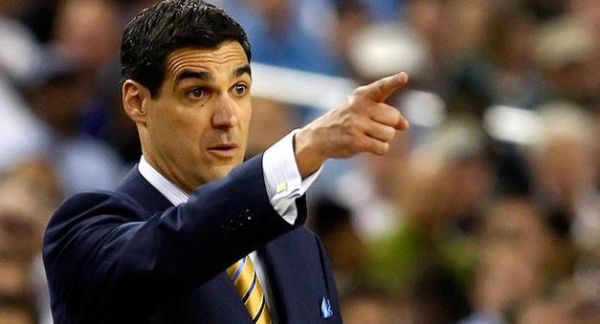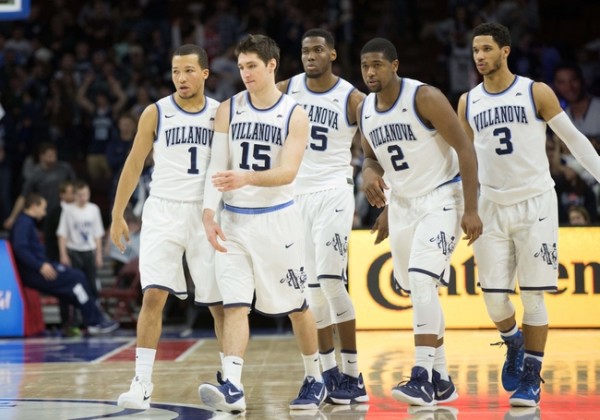Big East Conference Preview: DePaul, Providence, St. John’s, Marquette
Posted by Justin Kundrat on November 7th, 2016The Big East microsite will be rolling out previews on all 10 teams this week, sorted into three tiers. Today we review the projected bottom tier of teams — DePaul, Providence, St. John’s and Marquette.
#10: DePaul
Roster turnover begets roster turnover in Chicago, where the Blue Demons have continually struggled to build upon any success. Now entering his senior year, Billy Garrett Jr.‘s potential never truly materialized so many have turned their attention to sophomore Eli Cain — a long, 6’6 slasher who relentlessly attacks the rim while also connecting on a healthy 42.5 percent of his three-point shots. But while backcourt mates Garrett and Cain should keep DePaul’s offense moving forward, the starting frontcourt has completely dissolved. The first attempt at a solution will be Levi Cook, a 6’10″ transfer who originally committed to West Virginia before a knee injury hampered his recruiting process. The second attempt will be forward Tre’Darius McCallum, a JuCo transfer with two years of eligibility remaining. But until either newcomer demonstrates an ability to compete at a high-major level of basketball, the offense will remain predominantly backcourt-oriented. This might suffice if Cain can improve in finishing around the rim and fourth-year transfer Chris Harrison-Docks supplies a scoring punch off the bench, but winning teams are generally built on two-way players and DePaul hasn’t ranked among the top half nationally in defensive efficiency in six years. Strong defensive units require roster continuity and Dave Leitao clearly needs more time.
#9: Providence





























